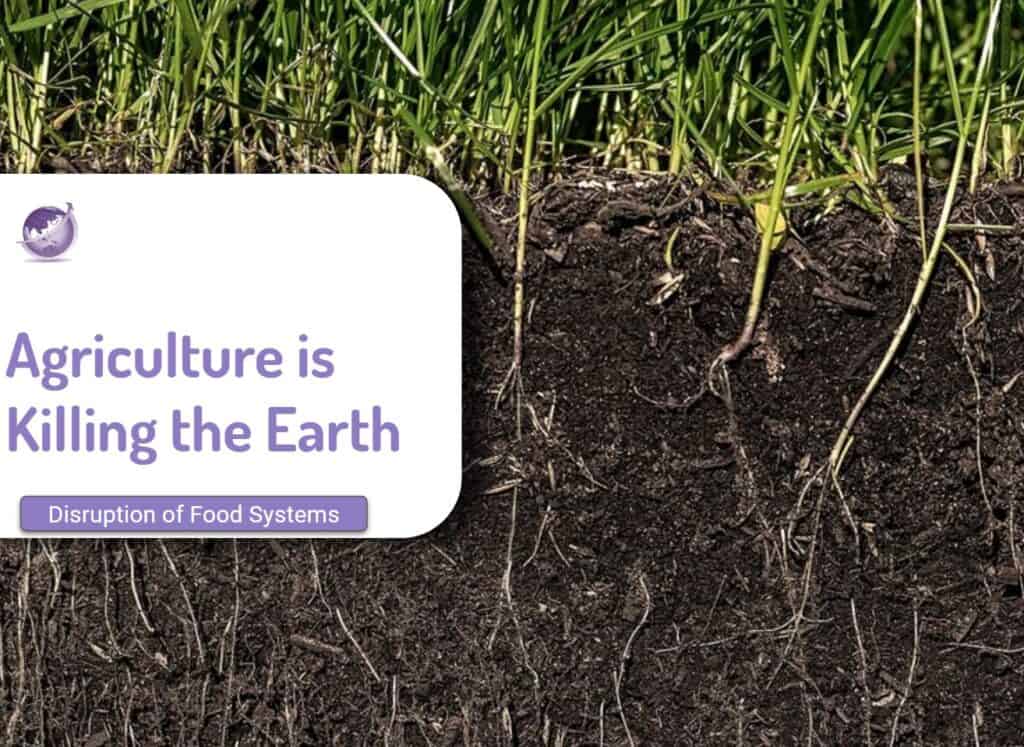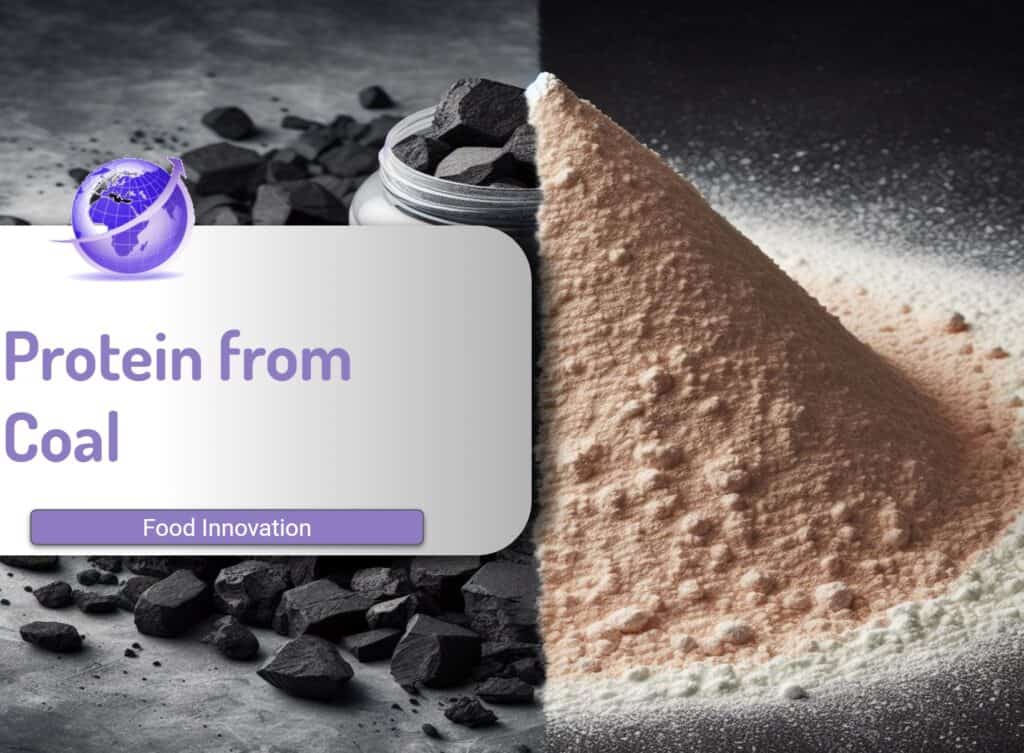Dr Adam Dorr in his recent book Brighter: Optimism, Progress and the Future of Environmentalism explains the 3rd major disruption happening with food disruption impacts being poorly understood and not appreciated. Dr Dorr is a member of RethinkX and their 3 disruptions and 8 technologies is explained in depth here.
By 2030, the number of cows in the U.S. will have fallen by 50% and the cattle farming industry will be all but bankrupt. All other livestock industries will suffer a similar fate, while the knock-on effects for crop farmers and businesses throughout the value chain will be severe.
Tony Seba, RethinkX https://www.rethinkx.com/food-and-agriculture
The technologies for food disruption include:
- AI
- Genetics
- Energy
George Monbiot has outlined some of the impacts in his book (summarised here)
Food Disruption Impacts By Precision Fermentation
| Measure | 2030 | 2035 |
|---|---|---|
| Price of casein protein | 1/5th Cost | 1/10th cost |
| Cost of food product | 1/2th cost | 1/3rd cost |
| Household food costs | $1,200 annual cost reductions | |
| Dairy Products demand | 70% reduction | 90% reduction |
| Dairy Herd | 50% reduction | 90% reduction |
| Beef Industry | 10% reduction | 90% reduction |
| Land use | 30% less land farmed | 60% less land farmed |
| Greenhouse emissions | 45% reduction | 90% of demand reduced |
| Water Use | 50% reduction | 75% reduction |
| Waste | 90% reduction | |
| Farmland value | 40% fall | 80% fall |
Changes are Widespread Says RethinkX
- Other livestock markets such as chicken, pig, and fish will follow a similar trajectory.
- An area the size of Nebraska which grows corn for ethanol will become available as electrification of transport eliminates the use of ethanol in biofuel.
- Precision agriculture will further reduce land used for agriculture by up to 50%
- Half of the 1.2 million jobs in U.S. beef and dairy production and their associated industries will be lost by 2030, climbing towards 90% by 2035
- The emerging U.S. precision fermentation industry will create at least 700,000 jobs by 2030 and up to one million jobs by 2035.
- Oil demand in agriculture will halve.
- In USA, 196m ha (485m acres) will be land freed up. This is equivalent to an area 13 times more than Iowa.. If forested, would offset all carbon offsets for other areas of the economy
- Crop farming will be reduced by 50% from 120mt to 80mt in 2030. U.S. beef and dairy cattle consume about 50% of the crops produced for U.S. livestock – 70% of the hay, 45% of the corn, and 17% of the soy.
For a full breakdown and analysis head to RethinkX and download their paper.
Climate Change – The Fire Needs Fighting
Your house is on fire. What should you do? Put the the fire out. A bucket won’t do it. Call the fire brigade. But put the fire out completely. And then rebuild to avoid another fire.
Dr Adam Dorr – Brighter: Optimism, Progress and the Future of Environmentalism Amazon
- The energy disruption happening now stops burning fossil fuel for energy. Peak time is 2022 to 2025
- Electrifying transportation is in early phase of adoption but happening faster already in countries such as China and will follow on in most countries from 2024 to 2027.
- Disruption by replacing food from broadacre to precision fermentation is already underway but most do not see it. The change will be from 2026 to 2030
What is Precision Fermentation?
Precision fermentation relies on multiple technologies, termed “Precision Biology” which is the coming together of modern information technologies like artificial intelligence (AI), machine learning, and the cloud, together with modern biotechnologies such as genetic engineering, synthetic biology, metabolic engineering, systems biology, bioinformatics, and computational biology.
Precision Fermentation is fermentation plus precision biology and that allows us to program micro-organisms to produce almost any complex organic molecule. The fermentation of proteins in a digester (like a craft beer tank) with a sugar (or starch) feedstock and the precision biology bacteria or yeasts.
The result could be proteins, fats, or cell based meat.
“Unlike the cow, we get better at making meat every single day”
Pat Brown – CEO Impossible Foods
The cost of the protein has followed the
4 Ways This Disruption Process Will Play Out
- Substitute ingredients. The first wave of disruption will be to change casein from cows to casein from Precision Fermentation
- Substitute the food end products
- Fortification of foods
- Change in form factors.
Subsitition of ingredients is a business to business. About 40% of casein is used in food products so the consumer will be unaware of the change. E.g. replacement of whey protein in sports drinks or baby formula, or of gelatin, a common ingredient used as a thickener.
Ramifications for Cattle Industry Value Chain
No part of the livestock industry is spared. Changes will be profound.

Change Profound and Wide
The implications are profound and wide. For example nitrogenous fertilisers are currently manufactured with fossil fuel. About 87% of anhydrous ammonia is used as fertilizer, with the remaining 13 percent used in chemical and industrial sectors.
That ammonia industry will no longer have that demand. Green hydrogen is touted as the way to decarbonise that ammonia industry, but food disruption will obviate that need.
Current Market Development
For a good breakdown check out this link. https://www.cnbc.com/2023/06/17/why-cargill-a-real-meat-maker-may-be-big-winner-in-plant-based-food.html. This article focuses on consumer products, but RethinkX suggests business to business is the first to change and business to consumer will be later. The article focuses on B2C.







